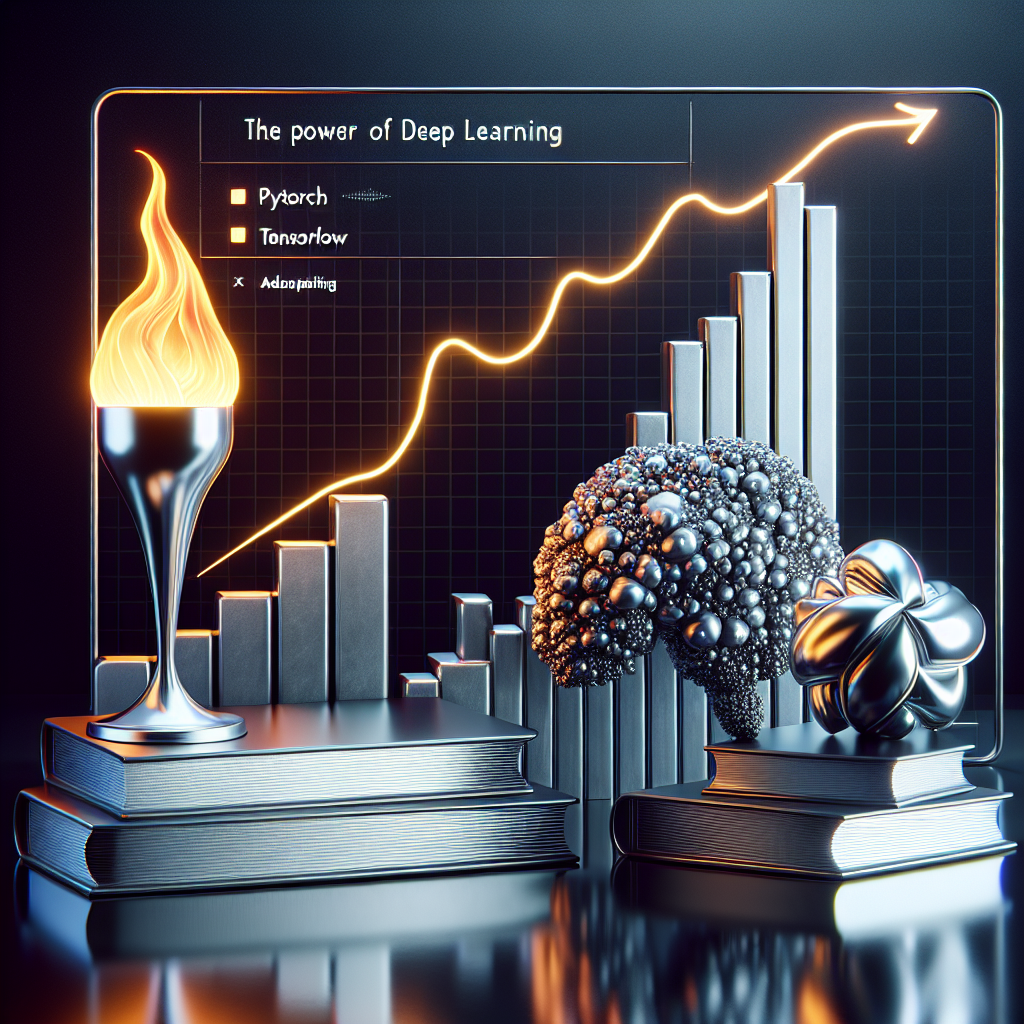Fix today. Protect forever.
Secure your devices with the #1 malware removal and protection software
Deep learning has revolutionized the field of artificial intelligence, enabling machines to learn from data and make decisions without being explicitly programmed. Two of the most popular frameworks for deep learning are PyTorch and TensorFlow, both of which have been widely adopted by researchers and industry professionals alike. In this article, we will explore the power of deep learning and how you can harness the capabilities of PyTorch and TensorFlow for success.
First, let’s delve into the concept of deep learning. Deep learning is a subset of machine learning that uses artificial neural networks to model and interpret complex patterns in data. These neural networks are composed of multiple layers of interconnected nodes, each performing a specific task in the data processing pipeline. Through a process called backpropagation, these networks are trained on large datasets to learn and adapt to new information, ultimately making predictions and decisions based on the input data.
PyTorch and TensorFlow are two open-source deep learning frameworks that have gained widespread popularity for their ease of use, flexibility, and scalability. PyTorch, developed by Facebook’s AI research lab, is known for its dynamic computational graph, which allows for easy debugging and experimentation with models. On the other hand, TensorFlow, developed by Google, is praised for its high-level APIs and distributed computing capabilities.
So, how can you harness the power of PyTorch and TensorFlow for success? Here are some tips to get you started:
1. Familiarize yourself with the basics: Before diving into deep learning with PyTorch or TensorFlow, it’s important to understand the fundamentals of neural networks, optimization algorithms, and data preprocessing techniques. There are plenty of online resources, tutorials, and courses available to help you get up to speed.
2. Experiment with different models: Both PyTorch and TensorFlow offer a wide range of pre-built models and architectures that you can use for your projects. Experiment with different models, hyperparameters, and optimization techniques to find the best solution for your specific problem.
3. Utilize transfer learning: Transfer learning is a powerful technique that allows you to leverage pre-trained models and fine-tune them on your own dataset. This can save you time and resources, especially when working with limited data.
4. Take advantage of GPU acceleration: Deep learning models can be computationally intensive, especially when working with large datasets. Both PyTorch and TensorFlow support GPU acceleration, allowing you to train your models faster and more efficiently.
5. Stay up to date with the latest advancements: The field of deep learning is constantly evolving, with new research and techniques being developed all the time. Stay up to date with the latest advancements in PyTorch and TensorFlow to ensure you are using the most cutting-edge tools and methods.
In conclusion, the power of deep learning is undeniable, and with the right tools and techniques, you can harness the capabilities of PyTorch and TensorFlow to achieve success in your projects. Whether you are a researcher, student, or industry professional, these frameworks offer the flexibility, scalability, and performance needed to tackle complex problems and make meaningful contributions to the field of artificial intelligence. So, roll up your sleeves, dive into deep learning, and unleash the power of PyTorch and TensorFlow for success.
Fix today. Protect forever.
Secure your devices with the #1 malware removal and protection software
#Power #Deep #Learning #Harness #PyTorch #TensorFlow #Success,understanding deep learning: building machine learning systems with pytorch
and tensorflow

Leave a Reply
You must be logged in to post a comment.